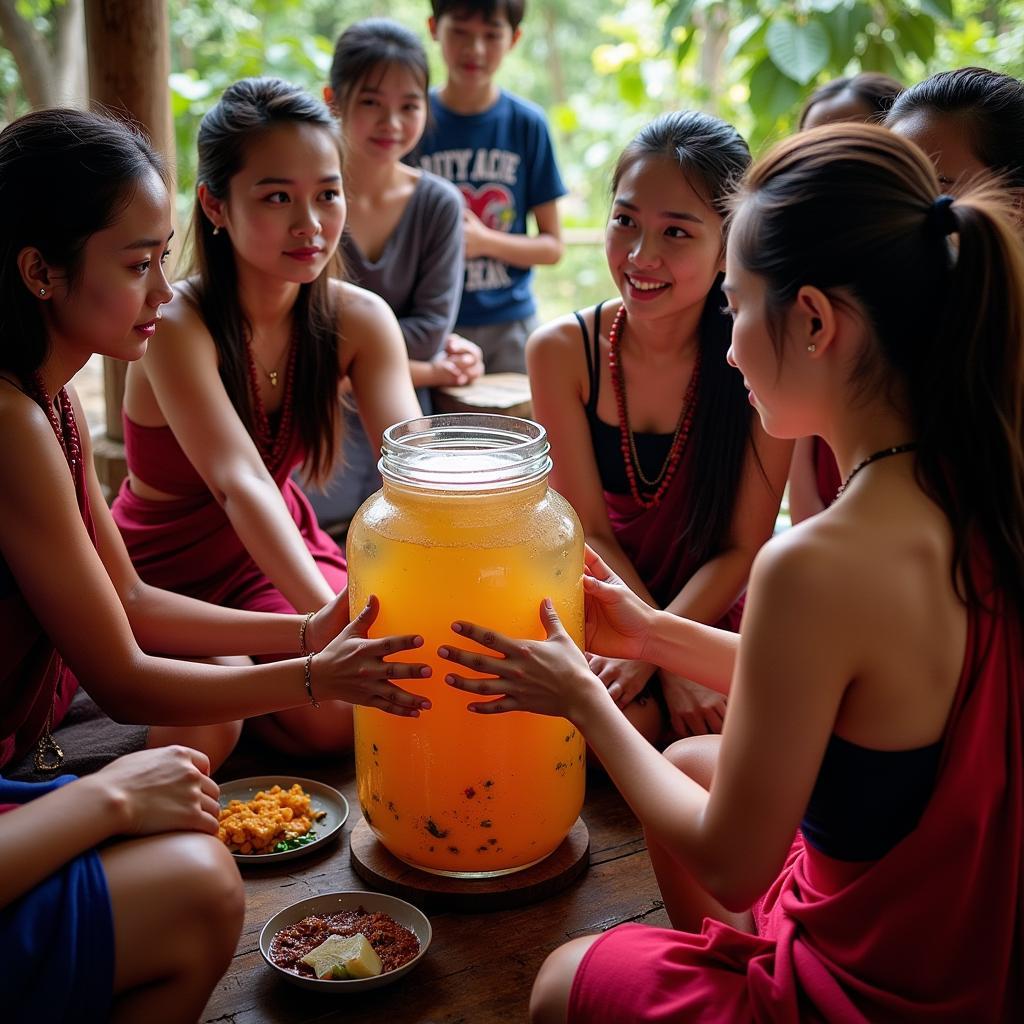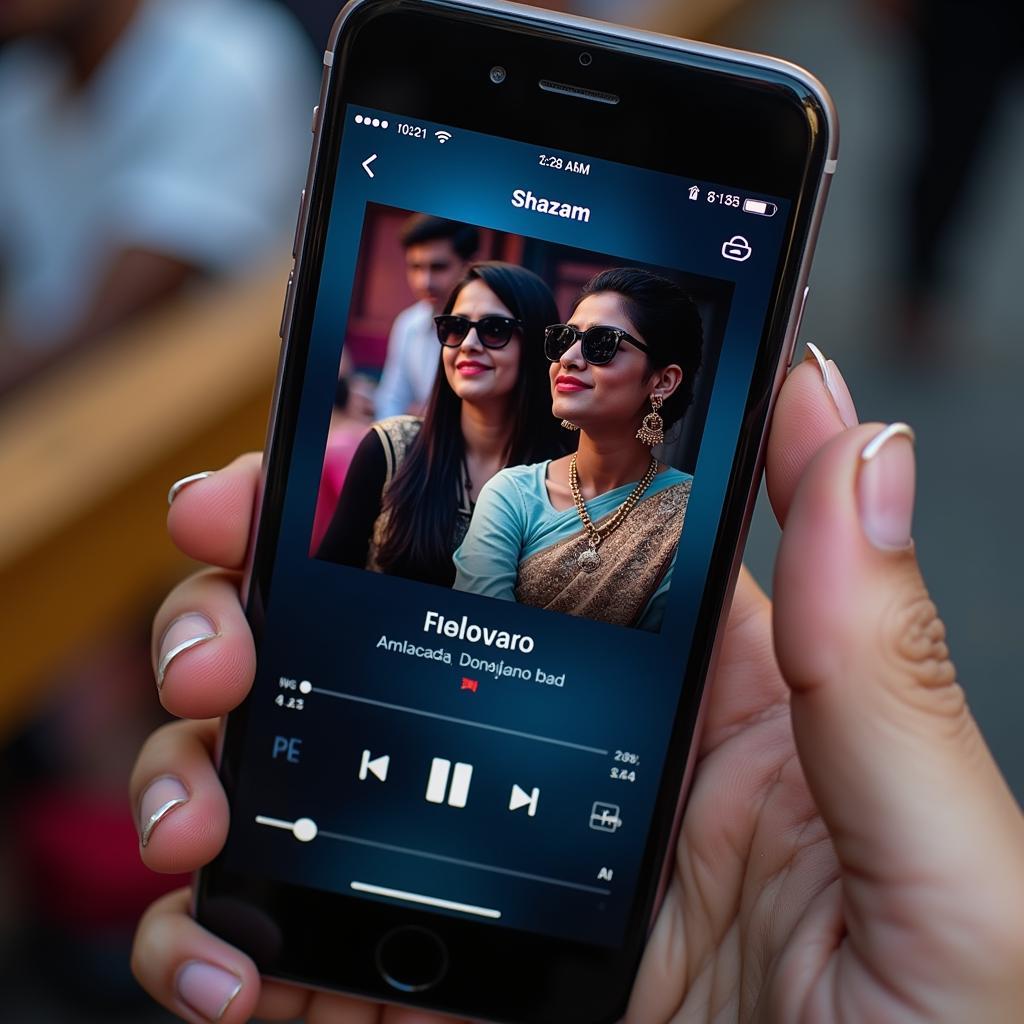The ASEAN region, a vibrant tapestry of diverse cultures and traditions, often presents unique etiquette when it comes to alcohol consumption. Understanding the nuances of “ASEAN protocol alcohol” can be crucial for fostering respect and building stronger relationships within this dynamic region. This guide delves into the customs and expectations surrounding alcohol in Southeast Asia, providing insights for both residents and visitors alike.
The Role of Alcohol in ASEAN Cultures
Alcohol often plays a significant role in social gatherings, religious ceremonies, and traditional celebrations across Southeast Asia. From rice wine in Vietnam to palm toddy in the Philippines, each country boasts its own unique alcoholic beverages deeply rooted in local customs and history.
For instance, in Thailand, offering a toast with a shared bottle of local whiskey can signify camaraderie and friendship. Similarly, in Lao PDR, sharing a jar of lao hai, a potent rice spirit, is a gesture of hospitality and bonding.
 People participating in a Lao Hai sharing ceremony in Laos
People participating in a Lao Hai sharing ceremony in Laos
Navigating Alcohol Etiquette in ASEAN
While alcohol consumption is generally accepted in most ASEAN countries, understanding the specific cultural norms and expectations is essential.
1. Respectful Consumption
Moderation is key in most Southeast Asian cultures when it comes to alcohol. Excessive drinking is often frowned upon and can be seen as disrespectful. It’s important to pace yourself and be mindful of your alcohol intake, especially in formal settings or when interacting with elders.
2. Offering and Receiving Drinks
When offered an alcoholic beverage, it’s polite to accept, even if you only take a small sip. Refusing a drink can sometimes be perceived as impolite, particularly when offered by a host or someone older than you. If you’re unable to drink for personal reasons, politely decline and offer a non-alcoholic alternative.
3. Toasting Traditions
Toasting is a common practice in many ASEAN countries, symbolizing goodwill and camaraderie. Familiarize yourself with local toasting customs, as they can vary significantly. In some cultures, it’s customary to clink glasses, while in others, a simple raising of the glass with a respectful nod is sufficient.
Tips for Respectful Alcohol Consumption in ASEAN
- Research local customs: Before traveling to an ASEAN country, take some time to research the specific alcohol-related customs and etiquette of that particular region.
- Observe and learn: Pay attention to how locals consume alcohol and interact with each other in social settings.
- Ask for guidance: If you’re unsure about something, don’t hesitate to politely ask your host or someone you trust for guidance.
- Drink responsibly: Be mindful of your alcohol intake and avoid excessive drinking, especially in unfamiliar surroundings.
- Respect cultural differences: Remember that cultural norms and expectations regarding alcohol can differ significantly from your own. Approach these differences with an open mind and a willingness to learn.
Conclusion
Navigating the world of “ASEAN protocol alcohol” requires a blend of cultural sensitivity, respect for local customs, and responsible consumption. By embracing these principles, you can foster stronger relationships and create more meaningful experiences during your time in Southeast Asia.

